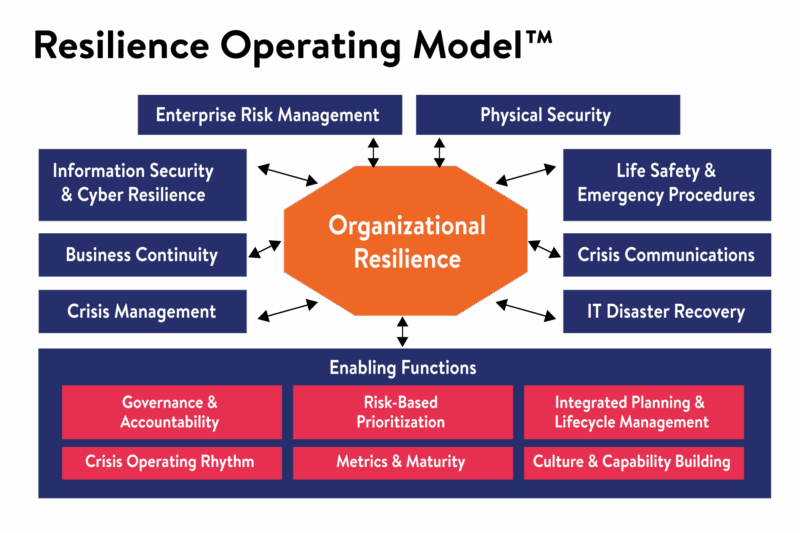Introduction
In today’s volatile economy, strong business models are the key to long-term success. Resilient business models don’t depend on stability like traditional frameworks do. Instead, they thrive on being able to change and adapt. These approaches enable businesses keep going even when the market changes, the economy goes bad, or technology breaks down. Resilient business models help firms stay competitive in both good and bad times by focusing on innovation, putting customers first, and planning ahead.
The Basic Ideas Behind Resilient Business Models
Three main ideas make up the core of resilient business models: flexibility, sustainability, and agility. Being adaptable means that a business can change direction rapidly when things go wrong. Sustainability is about growth over the long term that doesn’t use up resources or lose the trust of stakeholders. Agility helps you respond quickly to new threats and trends. When these parts work together perfectly, strong company models can handle shocks while still making money and serving their goal. Companies that put money into digital transformation and make decisions ahead of time generally end up being the best in their field, where strong business models are the norm.
How Flexible Business Models Can Help You
Being flexible is what makes business models strong. A business that can change its operations, supply chains, and services with little trouble can handle changes in the economy. The years of the epidemic showed that flexible business models worked better than inflexible ones. Companies that quickly adopted internet platforms, remote employment, and new ways to supply goods not only survived but thrived. This flexibility shows that resilient business models are more than just ideas; they are real ways to protect the future.
Culture and leadership in strong business models
Leadership is very important for helping company models become more resilient. Visionary leaders foster a culture of experimentation, empowering staff to adapt and create. This kind of culture makes organizations that change naturally instead of fighting it. Business models that are strong and flexible do well in places where empathy, communication, and trust are important. These executives put resilience first in both their business goals and the people they hire, building teams that can learn from mistakes and move on. Resilient business models can keep going on their own when resilience is built into the DNA of the organization.
Innovation as the Driving Force Behind Resilient Business Models
Innovation is what keeps resilient business models improving all the time. Companies that welcome new ideas and technology are better able to deal with the unknown. Innovation keeps you relevant in a competitive world, whether it’s through AI, eco-friendly materials, or innovative service ideas. Resilient company models change all the time, turning problems into chances. Companies that encourage new ideas not only adapt more quickly, but they also set new standards for the industry, showing that strong business models are what drive growth.
Resilient business models that are good for the environment and people
Being truly resilient is more than just making money; it also means being socially responsible and taking care of the environment. Business models that are strong include ethical principles and eco-friendly methods that draw in smart customers and long-term investors. When a corporation makes its business goals match global environmental goals, it develops trust and a good name. This moral strength builds stronger ties with stakeholders and makes guarantee that strong company models last through market cycles. Modern businesses that use resilient business models are successful when they find a balance between making money and having a purpose.
What Will Happen to Resilient Business Models in the Future
As technology changes and marketplaces throughout the world become more integrated, the future will belong to people who know how to make businesses that can survive. Companies that keep learning, coming up with new ideas, and changing will stay ahead of problems. Predictive analytics, climate-conscious tactics, and human-centered leadership are expected to be part of the future generation of strong company models. Today’s businesses that invest in resilience are laying the groundwork for a stable economy in the future. The path to resilience is long, but the benefits—long-term growth, devoted consumers, and a lasting impact—are worth the work that resilient business models need.
Conclusion
In a world that is always changing, the strength of an organization is shown by how well its business models can adapt. They are flexible, creative, and have a purpose, which means that firms may not only go through tough times but also come out stronger. Companies build frameworks that last by encouraging adaptation, sustainability, and ethical leadership. To be successful, you need to create business models that can adapt to new challenges, convert resilient business models uncertainty into opportunity, and turn resilience into a permanent competitive edge.





